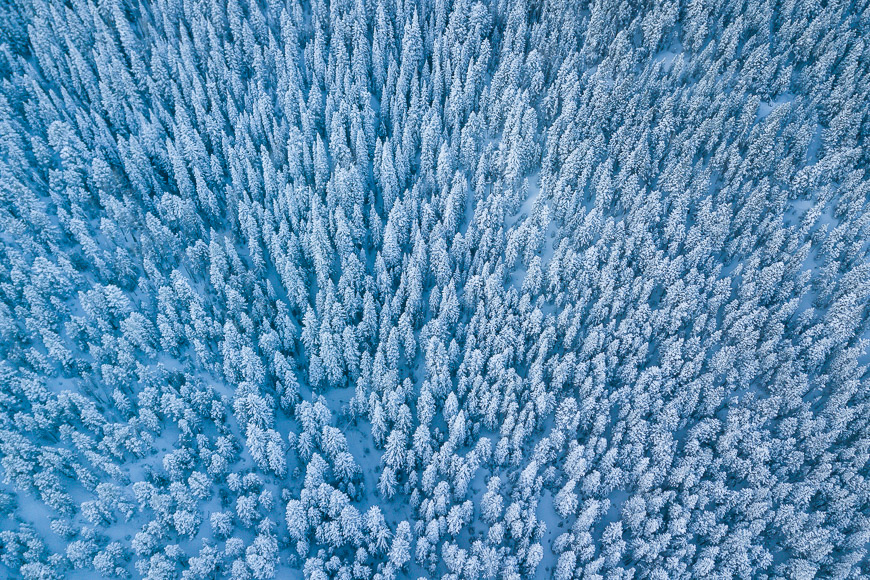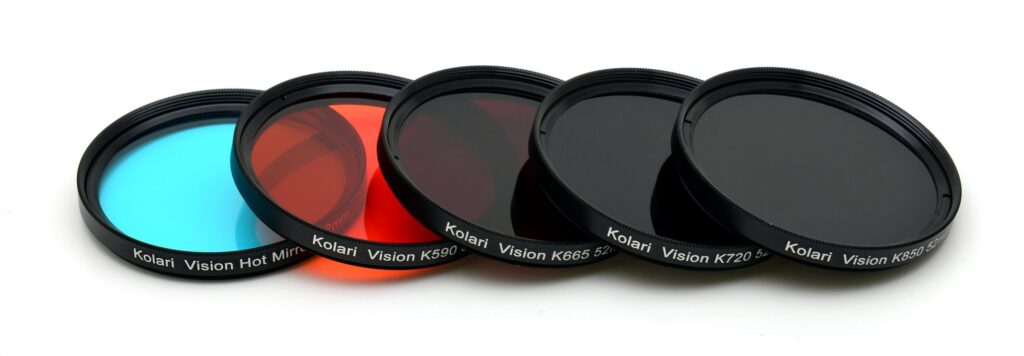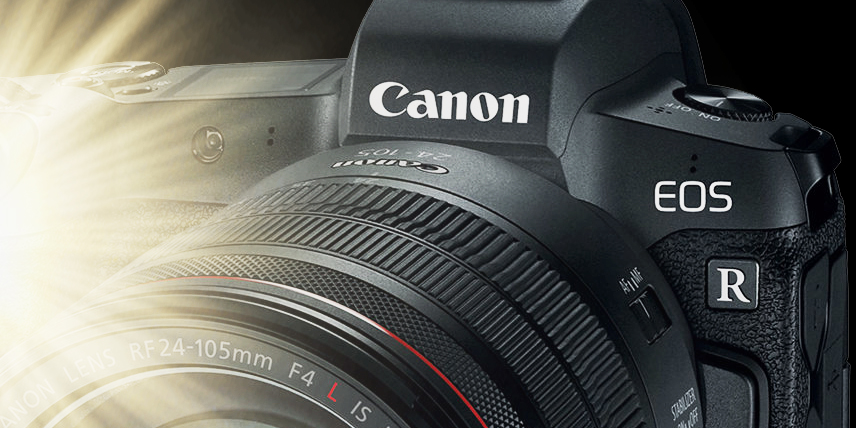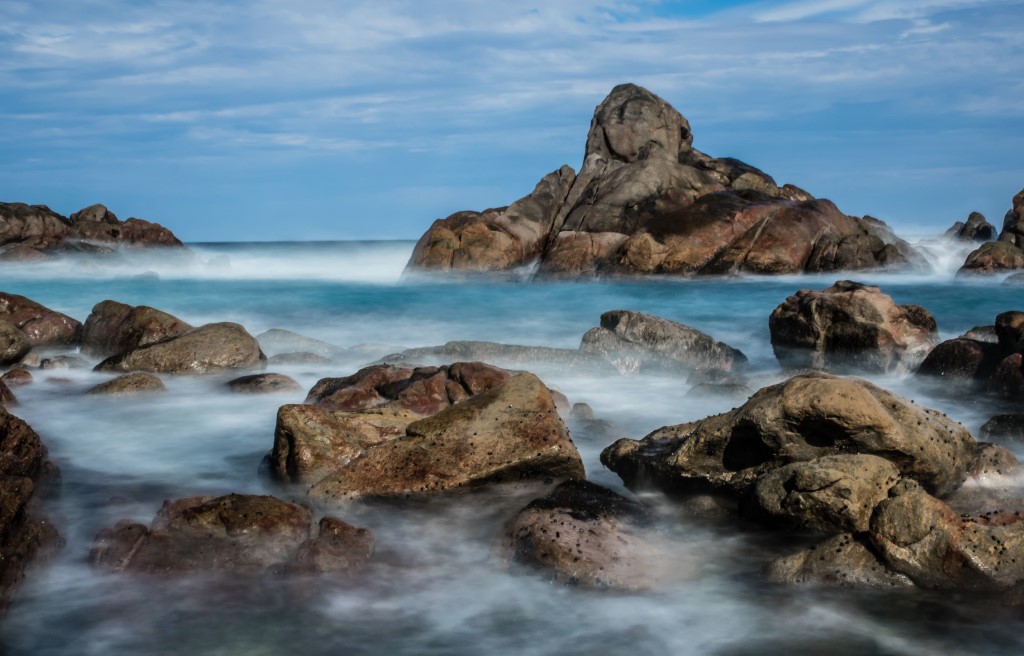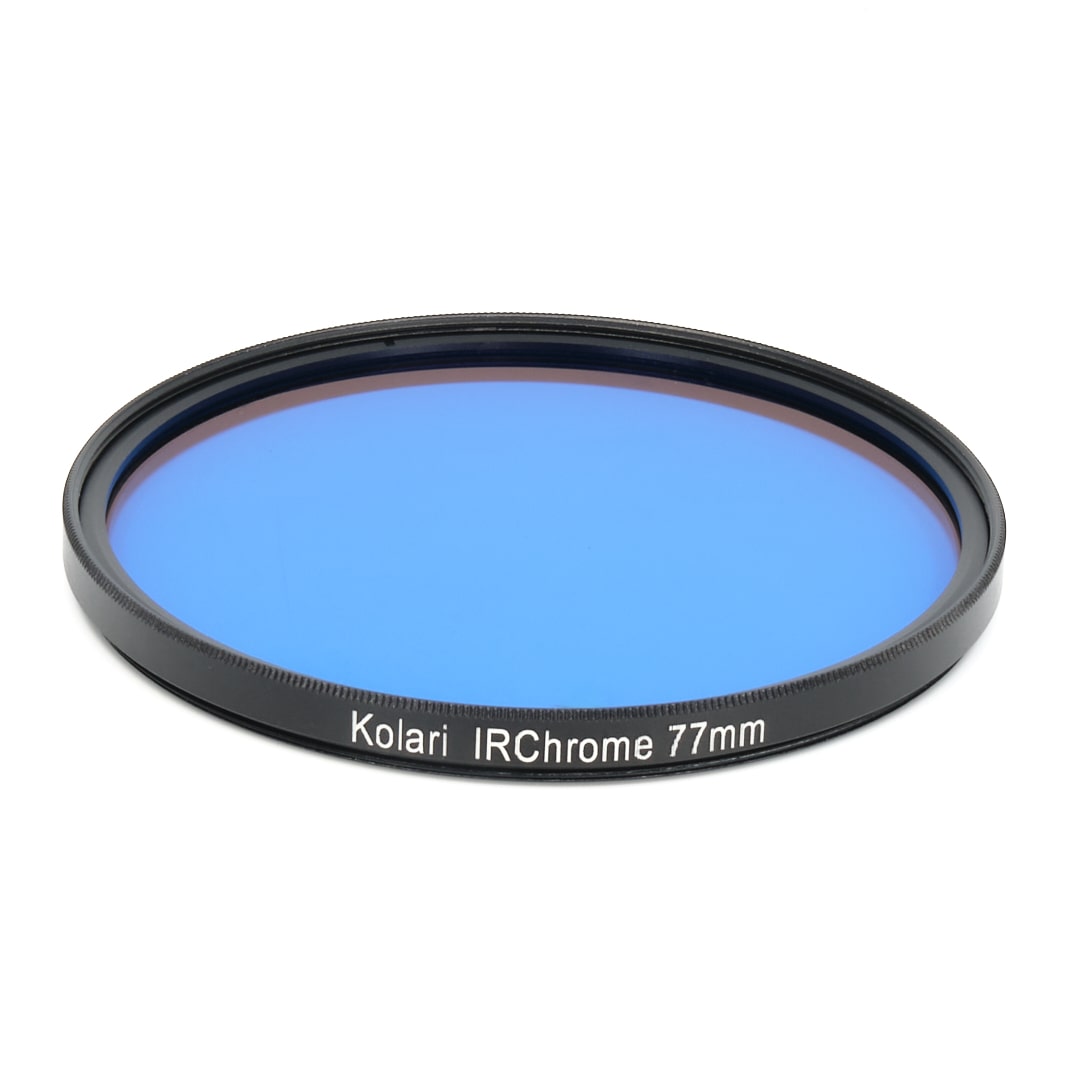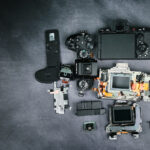Near Infrared Heat Vision
There are two very different versions of infrared. Near infrared, and deep infrared. Near infrared is in the range of 700nm to 1300nm, and is what a digital camera is capable of detecting. This kind of infrared works the same as visible light, just farther than we can see.
The other kind of infrared, deep infrared, is what is used for thermal imaging. This kind of infrared is emited by ambient heat, and will produce a different intensity for different temperatures, allowing the camera to “see” heat. This is the kind of thermal imaging that can measure accurately small differences in heat. Our cameras do not detect this kind of infrared.
With that said, there are some limited situations when near infrared can be used to see heat. Certain objects, when very hot, will glow in near infrared. Below, an electric stove in visible light and a 720nm infrared converted camera.
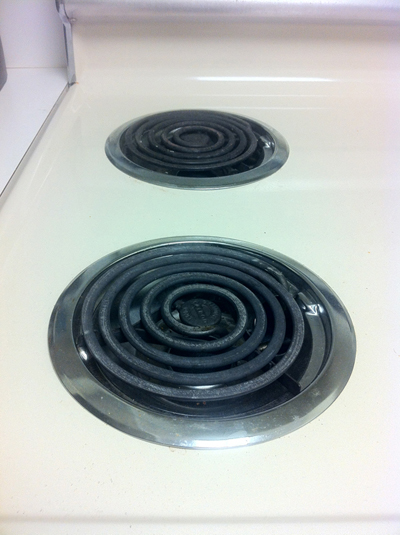 |
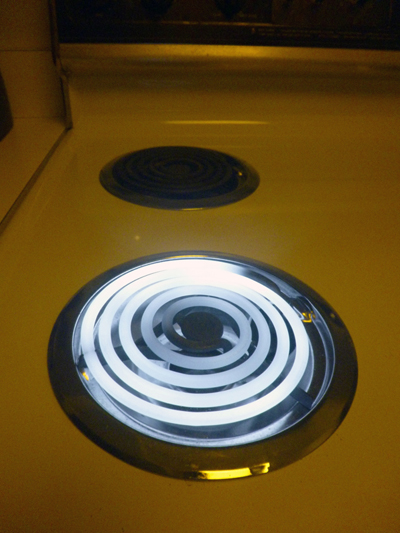 |
This is an entirely different phenomenon than thermal infrared. Materials like iron, that eventually glow red when heated, will start to glow in the near infrared range at lower temperatures before they glow in the red range.
